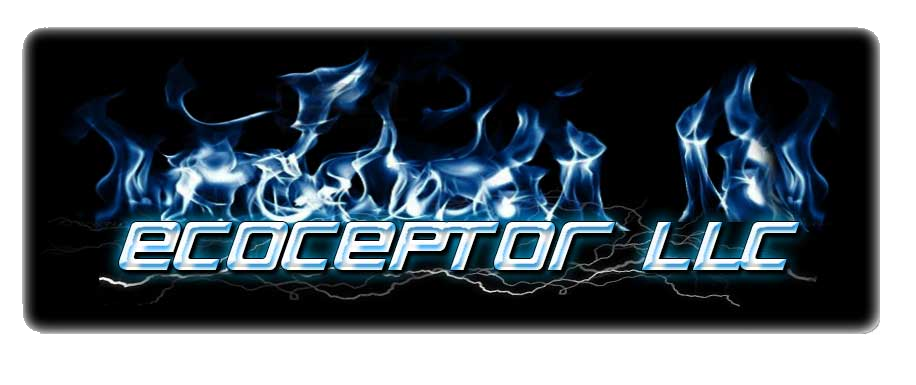Eliminate Emissions Estimations
This section discusses using an emissions analyzer; Why and How. You may be thinking, “I live in Oklahoma, we don’t need to worry about emissions here.” Perhaps...
WHY do Emissions Testing?
If you have an auto repair facility and wish to market fuel economy to your customers, emissions testing gives you something tangible to show them. Some upgrades will improve performance. Surely they will feel an immediate before/after improvement. Many mods don’t affect performance noticeably. If you select the right upgrades, you should see a reduction in exhaust emissions. Showing your customer before and after emissions gives them something to “hang their hat on”, so to speak. Using these numbers, you explain to your customer how the higher emissions from the “Before” reading were due to wasted fuel. The lower “After” numbers show how [whatever you did] is now using more of the fuel to make power — in the engine. It can also be used to verify non-fuel economy type repairs (and show your customer, “Hey, this worked. See?”).
Unfortunately, most average folks really don’t track their fuel economy with any level of accuracy. They know it costs them around $50 per week for fuel. If you are counting on them verifying fuel economy increases with a notebook, you may be in for some challenges. Many will check fuel economy just for the sake of the purchase, then forget about it after that. If a customer comes back doubting any fuel economy improvements, you can hook up the 5-gas and see if the numbers still match (or maybe even exceed) the original post-installation readings. If emissions have gone up, the customer may have a legitimate gripe. If not, you can show them how the [widget] is still working by the emissions readings.
If you DO live in an emissions testing area, these recordings can give you credibility and validity should you be challenged by the officials. It’s hard to argue with numbers!
How to Test Emissions
Of course, testing for emissions requires an emissions analyzer. Once upon a time you could find inexpensive hand-held analyzers for a few hundred bucks — 4-gas and 5- gas — that exclusively used chemical sensors. Their accuracy wasn’t as good as the higher-end units, but they could be valuable for troubleshooting and verification-of- repair purposes. The current generation of “inexpensive” gas analyzers typically start at over $2000. I have utilized the services of Roush Labs in Livonia, Michigan for “certifiable emissions and fuel economy testing”. However, plan on dropping around $10k+ for a round of testing (between what Roush charges, fuel to get there, meals, hotel accommodations, payroll, and maybe even a rental vehicle while testing), and spend 2-6 days on the road. I needed the ability to perform quick tests that didn’t cost a lot, but had reasonable accuracy and repeatability. Researching available 5-gas analyzers, one stood out from the crowd. The EMS 500x series analyzers use refractive analysis for all but O2 and NOX values. The refractive process is more reliable and accurate than chemical sensing, plus there are no parts to wear out. We’ve used the EMS 5003 for both gasoline and diesel engine testing. Jon Palek at EMS suggested some additional filtration for the diesel testing which has worked very well for us.
The engine needs to be at operating temperature before you test. It is a good idea to test the vehicle when the customer drops it off for service, as it will already be warmed up. After getting the “Before” numbers, the vehicle can be parked in the lot to cool down before work begins. You should plan on at least 2 sets of numbers; idle and 2000 to 2500 RPM. Numbers are usually cleaner at the higher RPMs. The EMS 5003 offers optional Lab View software so you can actually drive the vehicle while recording emissions; a possible 3rd reading.
With the analyzer connected and sampling, you will find the numbers jump around a bit. The EMS Lab View software allows you to run an averaging test ranging from 30 seconds to 2 minutes. The results are an average of the timed sampling. This is recommended to reduce human error. Saving the results directly to file eliminates the step of a human writing values copied from the screen (more accurate, with less room for speculation on what the average really is).
Unless your customer is getting your Fuel Economy Tune-Up, odds are you will be performing maintenance repairs (like oxygen sensor replacement which will probably be part of your Fuel Economy Tune-Up) that aren’t directly tied to the fuel economy upgrade. You will need to have emissions data that reflects “as-delivered”, after repairs, and after upgrades. This eliminates any potential argument suggesting lower emissions were merely a result of normal repairs.
To properly market fuel economy, a method of validation is required. If you have a better idea than 5-gas testing, use it. However, you really do need something. Fuel economy testing could involve topping off the tank, driving for 50 or 100 miles, topping the tank again, then calculating fuel economy. First, what are you paying your driver per hour? Remember, this test should be done at least twice (before/after). I can assure you from experience that this type of testing has been challenged in US Federal Court. Emissions testing doesn’t directly equate to improved fuel economy, but is more tangible and repeatable than test drives. Something to ponder.
Our MHE Installation Video uses the EMS 5-gas for verification.
FE-NR
